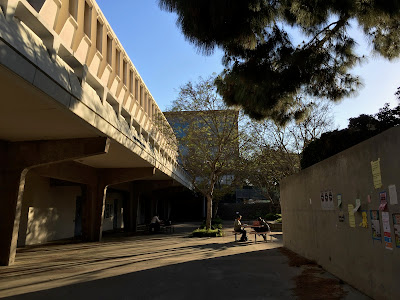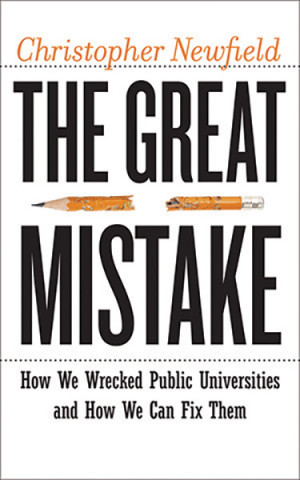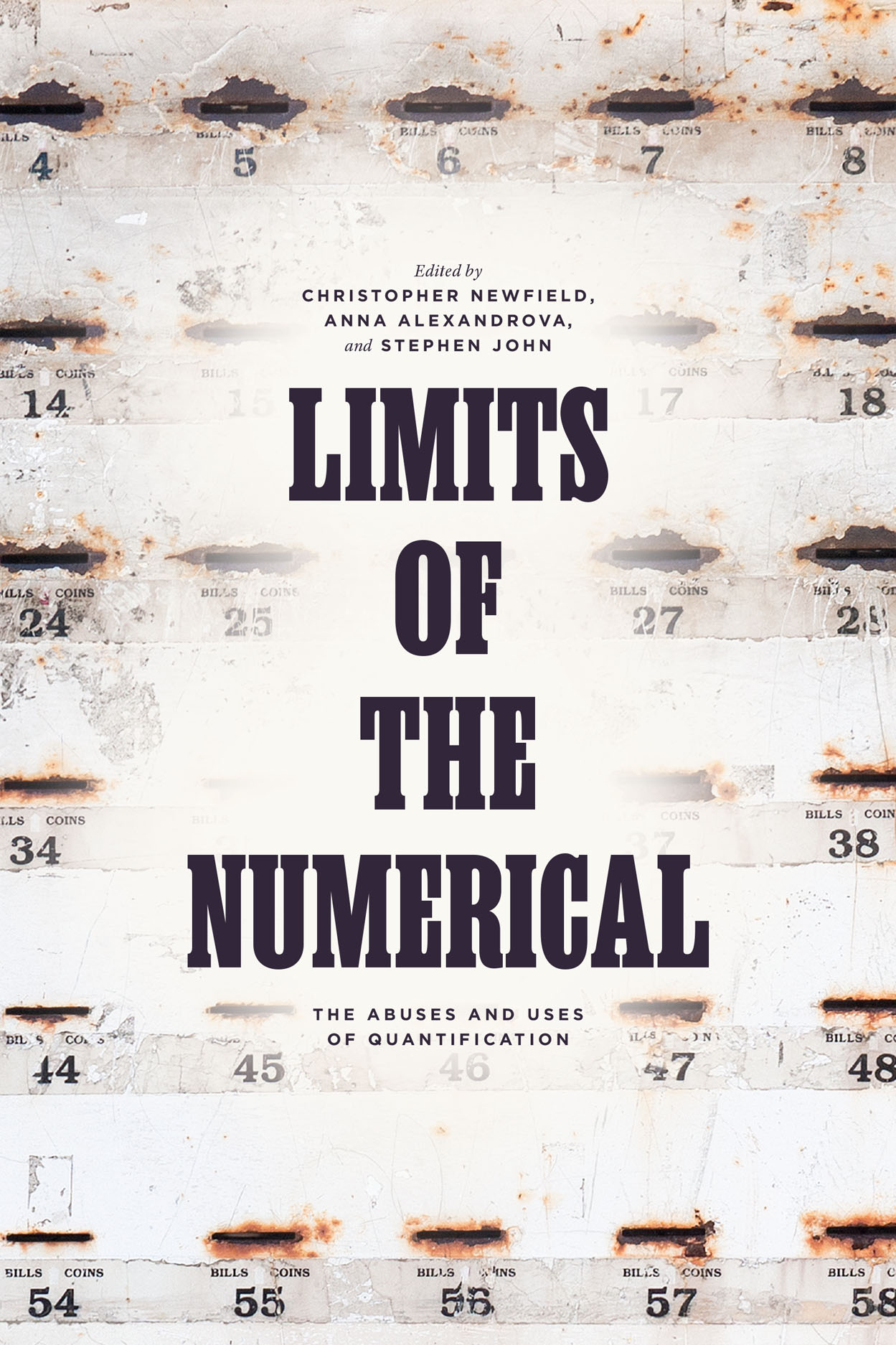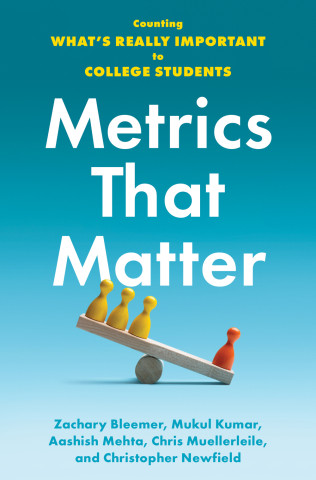There’s a drift towards seeing the Penn and Columbia University deals with the Trump Administration as templates for settlements across higher ed. Secretary of Education Linda McMahon calls the Columbia Agreement a “road map for elite universities,” likely meaning Brown, Cornell, Northwestern, Princeton and even Harvard, which have all be subjected to the Administration’s unlawful funding freezes.Milos, Greece, on July 19, 2025
This would be a great way to further degrade the entire sector, and must be blocked.
A bit of background: When you are the weaker party as a long-term cultural cold war becomes a hot institutional war, you must create a public understanding of who you really are. It should include something like the following elements:
1. Your opponent is very unfair, has become a tormenter and a bully, and is doing serious damage to you that you don’t deserve.
2. When it comes to what you believe in, you stand and fight. You never give up. This is because you are weak but right.
3. You and you alone define your values and practices. You say what they are, constantly, concretely, and inclusively.
4. Your institutional community supports you. Persecution makes you collectively stronger.
5. When you do win, the majority of everyday people win too. You are working with them on this mutual benefit.
Universities need to get through this whole list, including the last item. Trumpism casts all knowledge institutions as the enemies of the people, especially news media and universities. Universities already needed to be redesigned to serve non-college people more obviously and directly, which will include massive reductions in student costs and student debt.
Trumpism has made this medium-term project more urgent. In the short run, the first three elements can get an immediate response from everyday people: you are a fighter, you fight for your values, and you are fighting unjust attacks.
Even more importantly, your own people, academics, can see you, university presidents, board chairs, provosts, deans, everyone with access to official channels, working towards a transformed public framework that show public value especially under persecution.
Individual academics are very good at this (e.g. law professor James Grimmelman’s impromptu response to Columbia, h/t Meranze; some Penn faculty responding to the Penn deal). But public impact depends on official discourse from the institutions themselves.
How did Columbia’s administration do in this context?
Trump of course declared an epic victory over the forces of university darkness. Acting University President Claire Shipman claimed,
This agreement marks an important step forward after a period of sustained federal scrutiny and institutional uncertainty. The settlement was carefully crafted to protect the values that define us and allow our essential research partnership with the federal government to get back on track. Importantly, it safeguards our independence, a critical condition for academic excellence and scholarly exploration, work that is vital to the public interest. Today’s agreement . . . affirms Columbia’s unyielding commitment to academic freedom, freedom of expression, and open inquiry.
The language reminded me too much of Penn president’s statement about that settlement, which masked a disaster (see Liner Note 30). So I read the actual Agreement. It is something else entirely.
Columbia gets exactly one thing, restored federal grant funding flows. There are several pieces of this. One is restoration of federal grant money withheld by “HHS or NIH” (§7), which includes “drawdown of overdue payments on Non-Terminated Grants” and a promise not to yank the same grants again for the same reason (§8a).
The government also promises not to display “disfavored treatment” towards future Columbia applications for federal money (§8b). Access to future federal research funding was clearly Columbia admin’s overriding concern.
And yet, “The Terminated Grants by Ed. and any other terminated contracts are excluded from this provision” (§7). Columbia biomedical researchers will get their money back, but it seems that nothing will be returned to other disciplines.
Everything else in the Agreement is about Columbia’s guilt. This starts with the unbelievable payment of $200 million dollars, with the first installment of $21 million to “be made within five (5) business days of the Effective date” (§10). Even Paramount coughed up only $16 million as an extorted fee for the government’s approval of its sale to Skydance. Columbia formally admits no wrongdoing. And yet their $200 million payment screams guilty.
The Agreement requires special supervision of all academic regional studies units, including the review of hiring at least non-tenure track and perhaps other faculty, of “all aspects of leadership and curriculum,” and of program creation (§12). These provisions are obvious violations of academic freedom.
Columbia loses the right to provide programs, “benefits or advantages” on the basis of “protected characteristics” (§15), except for Jewish students, whose wellbeing is to be rather patronizingly overseen by a “Student Liaison” for their exclusive use (§14).
Columbia loses the right to pursue any kind of diversity, equity, or inclusion goals. This is also a violation of academic freedom, where terms of educational engagement are, in contrast, supposed to be set by faculty via co-governed internal procedures.
Columbia admissions process must also be cleansed of any considerations of “race, color, or national origin.” This goes well beyond policing “preferences” to banning “personal statements, diversity narratives, or any applicant reference to racial identity as a means to introduce or justify discrimination” (§§15-16). In practice, this means any applicant reference to racialized identity, while identities like whiteness, Christianity, and Jewishness are not banned. In addition to being textbook racism, this demand exceeds the requirements of the Supreme Court’s Harvard and North Carolina affirmative action decisions and is in my view unlawful. But Columbia has agreed to it.
There are “when did you stop beating your wife” digs here and there. “Columbia will, as needed, engage with experts on laws and regulations regarding sanctions enforcement, anti-money laundering, and prevention of terrorist financing” (§25). The storyline here is that Columbia harbors diffuse criminal tendencies that only the Trump Administration brutal intervention has been able to stop.
Like so many felons, Columbia must be put on probation. Columbia’s lasts for three years. The government maintains the right to reopen complaints on all aspects of university activity (e.g. §17), with the sole exception, as far as I can see, of the previously-terminated NIH grants.
Section VI is called “Monitoring.” It names a Resolution Monitor, who is to “monitor Columbia’s compliance with this Agreement” in all particulars. There are 13 paragraphs on these, including the Resolution Monitor’s “timely access to interview all Agreement-related individuals, and visit Agreement-related facilities, trainings, transcripts of Agreement-related meetings and disciplinary hearings, and reviews, and the scene of any occurrence” deemed relevant to the Agreement (§49). The government “and its consultants and agents” will have access to all personnel, etc. related to the Agreement (§51).
Because the Monitor and government will keep materials confidential from the wider Columbia community and public, they imply that their regime will not breach existing privacy laws that protect students and others. But I really don’t see any precise limits on the Monitor-government surveillance of all academic and related administrative activity.
Any firm protections of faculty, staff, or students will need to be worked out in practice by a university under tremendous stress and that has already made clear it will compromise for funding. Given the government’s reach-in powers in every aspect of this Agreement, I don’t expect the University to regularize protections.
Columbia students are cast as incipient criminals, especially the foreigners. The Agreement requires Columbia to report “all disciplinary actions involving student visa-holders resulting in expulsions or suspensions”-- like the 70-80 expulsions or suspensions of July 22nd, announced the day before this Agreement (§23). Columbia loses control of its policing and disciplinary systems.
The Agreement also sets up an informant system. The University is to organize a complaint process such that “Any member of the Columbia community can report allegations of noncompliance with the reforms detailed in this Agreement” (§33). Literally one person can for any reason trigger a federal-Monitor investigation.
In short, Columbia has not preserved its academic freedom in this Agreement. As McMahon stated,
Columbia University has agreed to pay $200 million, discipline student offenders for severe disruptions of campus operations, make structural changes to their Faculty Senate, bring viewpoint diversity to their Middle Eastern studies programs, eliminate race preferences from their hiring and admissions practices, and end DEI programs that distribute benefits and advantages based on race.
That’s the national narrative this agreement allows the Trump Administration to circulate far and wide. It’s flexibly twistable enough to get slapped onto any and all universities.
The university system needs a counternarrative in the worst possible way. It would start by flipping reality right-side up again: the funding freeze was wrong, the smearing of student protesters was wrong, the attacks on the University were wrong, this is why we are fighting them, here’s who we are and what we stand for.
But Columbia seems unable even to discuss in public the illegality of the freezing of funds that set up this terrible deal.
The Trump Administration got here with coercive bargaining—we took your money, now do what we say if you want any of it back. I’m not a lawyer, but I assume this sort of tactic would invalidate a commercial contract and would be (and in fact is) illegal in administrative law.
And yet in her appearance on CNN, Shipman said Columbia didn’t replicate Harvard’s strategy in suing the Administration because they were so worried about losing their financial relationship with the federal government (@(5’40”). She doesn’t mention that Harvard has exactly the same worry, or the illegality of the freezing of funds that is precisely what Harvard is suing about. Shipman’s pleading tone belongs to someone pleased that they’ve managed to bargain their felony down to a misdemeanor.
David Pozen, who is a lawyer, has argued that Columbia’s consent to Trump’s coercive dealmaking helps to undermine the system of public administration. Trump is also doing this with tariffs in the global economy, with deportation policy-- coercion is really the foundation of everything he does. The weaker party can never win by accepting this game, as Suresh Naidu explains. Harvard has partially refused it and Columbia and Penn have accepted it.
The university system has many weapons of the weak, starting with proclaiming their teaching, relations of care, original research, and self-development for everyone who wants it. They are places of unique challenge, novelty, and happiness, of intellectual revolutions and personal transformations. I can barely imagine what continuous federal and “monitor” surveillance will do to the atmosphere of classrooms, labs, departmental policy debates, dormitory arguments—to everything about unfettered exchange and their everyday revelations.
Many people have been fighting Trumpian oppression. Students have been doing this, both in their long months of protests of Israel’s war of extermination in Gaza—at escalating personal risk of expulsion, degree rescinding, incarceration and deportation—and in defenses of academic freedom (see “Penn Descends Into Fascism”).
It would really help if Columbia faculty bodies lay out how the Agreement violates the core practices of higher education—starting with the curtailing of the autonomy of the Senate. But if the institutions don’t fight officially, they are finished.





.png)










